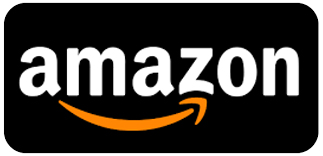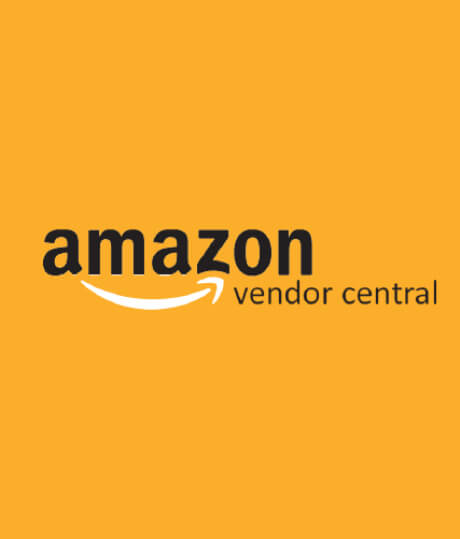
Amazon Vendor/Seller Central
Expert Amazon Vendor & Seller Central Consulting
Navigating the complexities of Amazon’s Vendor Central and Seller Central platforms requires deep expertise, strategic insight, and a hands-on understanding of operational processes. With years of experience managing both Amazon Vendor and Seller Central accounts, Tim provides businesses with the knowledge and guidance they need to maximize their Amazon performance.
Amazon Vendor Central Expertise
For brands selling directly to Amazon, Vendor Central offers a unique set of challenges and opportunities. From negotiating vendor agreements and managing purchase orders to optimizing chargeback prevention and implementing strategic pricing strategies, Tim helps vendors streamline operations and increase profitability. He specialize in improving COGS efficiency, forecasting demand, and enhancing compliance with Amazon’s strict requirements. Additionally, Tim provides insights into Amazon Retail Analytics, ensuring data-driven decision-making that improves sales and profitability.
Amazon Seller Central Expertise
For third-party sellers, Seller Central offers greater control but also demands a proactive approach to inventory, advertising, and customer engagement. Tim helps sellers navigate critical elements such as Fulfillment by Amazon (FBA), Seller Fulfilled Prime (SFP), Buy Box optimization, and account health management. From creating high-converting product listings and running efficient PPC campaigns to managing inventory planning and avoiding policy violations, Tim’s expertise ensures sellers stay ahead in the marketplace.
Whether you operate as a Vendor, Seller, or a hybrid of both, Tim provides tailored consulting services to help you optimize operations, boost sales, and navigate Amazon’s ever-changing landscape with confidence.
Let’s unlock the full potential of your Amazon business. Get in touch today to start building a more profitable and efficient Amazon strategy.


Have Any Questions? Call Today!
(313) 364-9505
Vendor Central vs Seller Central: Which Amazon Platform Is Right for You?
When launching or growing a business on Amazon, one of the biggest decisions is choosing between Vendor Centraland Seller Central. Each platform offers different benefits and challenges, depending on your business goals, brand size, and logistics capabilities. In this post, we’ll compare Vendor Central vs Seller Central, with real-world examples to help you make an informed decision.
What Is the Difference Between Vendor Central and Seller Central?
Vendor Central: Invite-only, you sell wholesale to Amazon, and they resell your products. You become a first-party (1P) seller. Amazon handles fulfillment and customer service.
Seller Central: Open to anyone, you sell directly to consumers as a third-party (3P) seller. You maintain control over pricing, branding, and customer experience.
Pros and Cons of Amazon Vendor Central
Pros:
- Products show as “Sold by Amazon,” boosting trust and conversions.
- Amazon handles storage, shipping, and support.
- Access to A+ content and retail promotions.
Cons:
- Amazon controls pricing, often discounting aggressively.
- Lower margins due to wholesale pricing and chargebacks.
- Limited control over product listings and branding.
Case Study: Premium Kitchenware Brand
A luxury kitchenware company was invited to Vendor Central in 2021. Sales spiked due to Amazon promotions, but brand equity suffered as Amazon discounted premium items. Eventually, the company moved to Seller Central to regain control over pricing and positioning.
Pros and Cons of Amazon Seller Central
Pros:
- Full control over pricing, branding, and customer interactions.
- Higher profit margins, especially when using Fulfilled by Amazon (FBA).
- Greater flexibility to test new products, bundles, and ad strategies.
Cons:
- Requires active management of inventory, listings, and customer service (unless using FBA).
- Competitive marketplace with direct competition from other sellers and Amazon itself.
- Requires knowledge of Amazon SEO and PPC ads.
Case Study: Niche Supplements Brand
A startup supplement brand launched on Seller Central using FBA. Despite a steep learning curve, they gained traction through optimized listings and Amazon ads. The brand kept control of its pricing and saw steady month-over-month growth with 30%+ profit margins.
Vendor Central vs Seller Central: Which Should You Choose?
Use Vendor Central if:
- You’re an established brand seeking scale through Amazon’s buying power.
- You’re okay with lower margins and minimal brand control.
- You have the infrastructure to manage chargebacks and compliance.
Use Seller Central if:
- You want to control your pricing, branding, and marketing.
- You’re a smaller or growth-stage brand.
- You want to build a long-term relationship with your customers.
Final Thoughts
There’s no one-size-fits-all solution when it comes to Vendor Central vs Seller Central. Large brands may benefit from Vendor Central’s scale, while smaller or niche brands thrive with the flexibility of Seller Central. Some businesses even operate on both to optimize their strategy.
By understanding the differences and weighing the pros and cons, you can choose the platform that best supports your Amazon success in 2025.